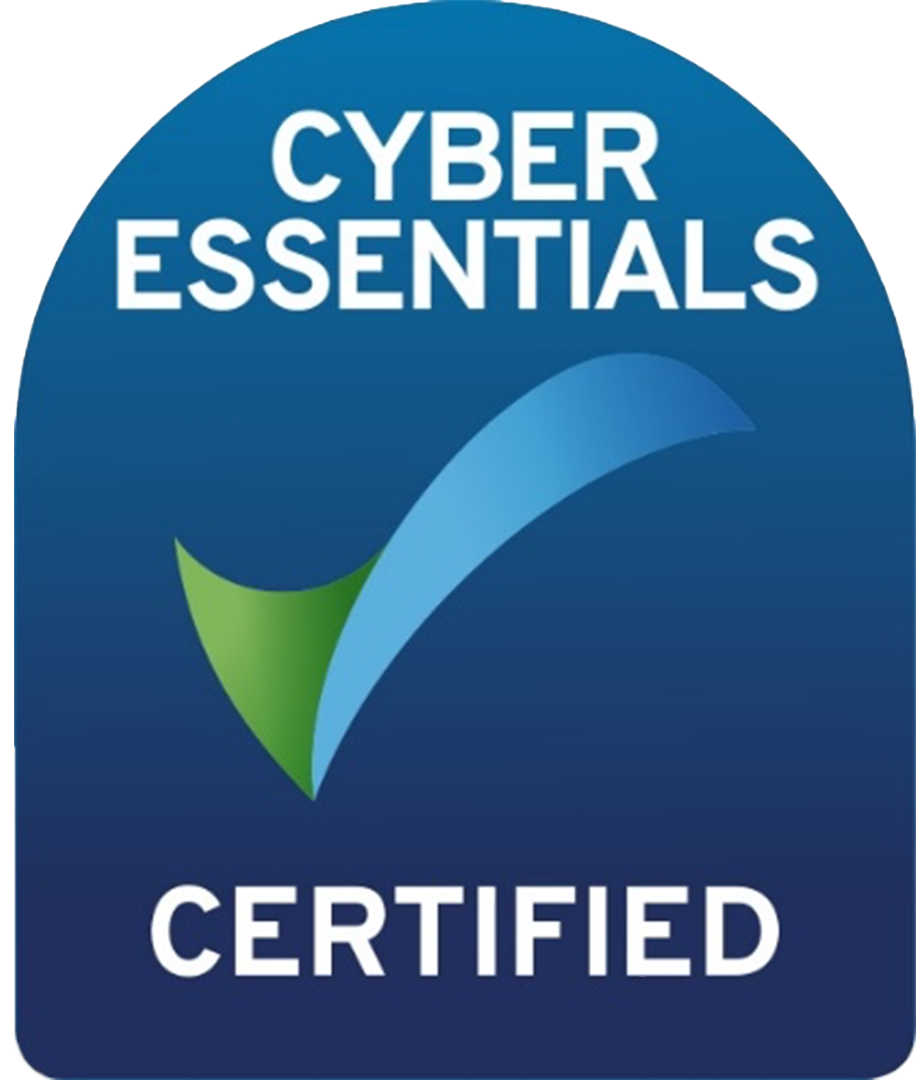A Contract Is a Contract
Manda Milling • April 27, 2016
When I started my working life in the Paleolithic Age, my ‘contract of employment’ was a handshake and a welcome to the team and don’t eat all the (Paleo) biscuits at once. My how times have changed…. In 2016, the contracts of employment which are issued can run to multiple pages in length (I’ve seen 25 pages for instance) with sundry additional policies also requiring a signature and one from a witness.
This can be quite daunting for people who are entering the workforce for the first time, or for those who are re-entering it after a break. It’s always a good idea to have someone go through it with you, either your new employer, your recruitment consultant or in some cases, some external legal advice.
A contract of employment outlines your conditions of employment, defines the terms used in your contract and also outlines your benefits, salary and entitlements. Contracts also outline what you can and can’t do even after you leave your employment.
This usually revolves around the use of confidential information, designed to protect the intellectual property of the employer. In the recruitment industry within which I work, being a predominately sales based industry, sales people have restrictions on what they can and can’t do and who they can and can’t contact within a specified period of time.
The length of time can be based on the seniority of the employee and the competitive nature of the industry in which they specialise. Three months is a common restraint of trade period. The important thing to remember with your contract of employment is that it is a legal document and before you sign it, you need to be quite clear about its contents and expectations.
This document is relied upon by both employees and employers during the course of the employment relationship. Realistically though, it’s referred to with more scrutiny in the postemployment period and unfortunately, sometimes, in a court of law. In most cases however, it’s never really even looked at from inception to completion, much like a marriage certificate!
Find the job you love I Find the right talent
Get in touch with people2people
Australia
I United Kingdom
In business since 2002 in Australia, NZ, and the United Kingdom, people2people is an award-winning recruitment agency with people at our heart. With over 12 offices, we specialise in accounting and finance, business support, education, executive, government, HR, legal, marketing and digital, property, sales, supply chain, and technology sectors. As the proud recipients of the 2024 Outstanding Large Agency and Excellence in Candidate Care Awards, we are dedicated to helping businesses achieve success through a people-first approach.
Recent articles









